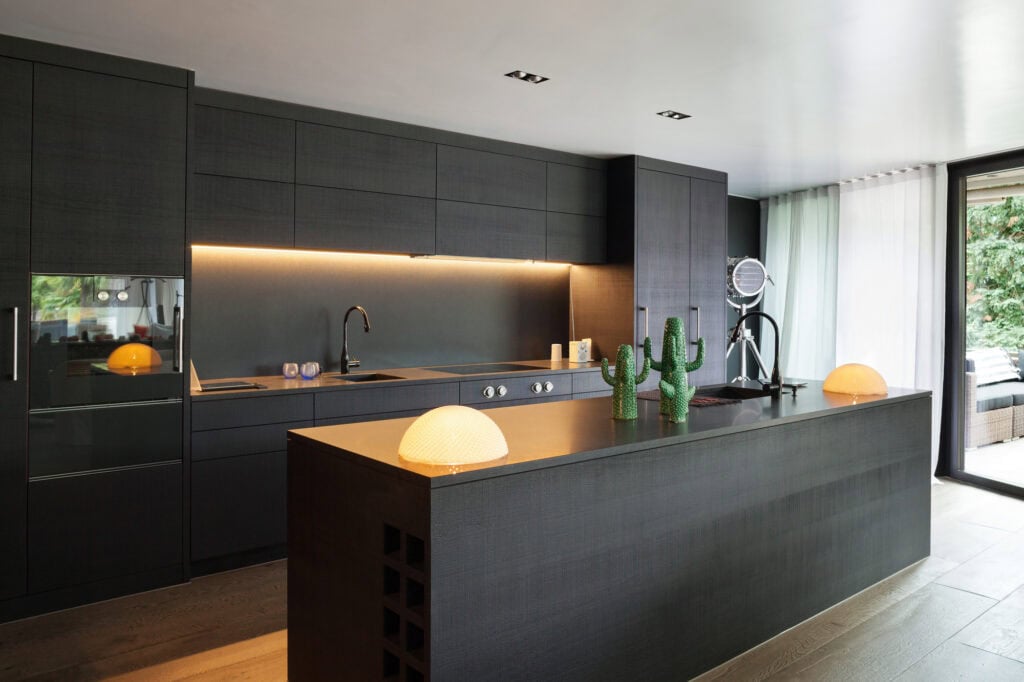
When it comes to decorating your home, figuring out your interior design style aesthetic can be an overwhelming task. With so many options and trends out there, it’s easy to get “analysis paralysis.” But fear not, fellow design enthusiasts! Discovering your unique style is a journey of self-expression and creativity, and it’s never too late to embark on this exciting adventure.
So, how exactly do you go about discovering your interior design style? The key is to start by exploring your own preferences, interests and personality. Your home should be a reflection of who you are, so it’s important to identify what truly resonates with you. What is the look you are going for? Are you drawn to clean lines and minimalistic spaces, or do you prefer cozy and eclectic interiors filled with vibrant colors and patterns? Take some time to think about the spaces and environments that make you feel happy, inspired and at peace; this will give you valuable clues about your design aesthetic.
One helpful way to discover your style is to create a mood board. This can be a physical board where you pin images, swatches and inspiration that speak to you, or it can be a digital collage created on platforms like Pinterest or Houzz. By curating a collection of images that resonate with you, you can start to see patterns and themes emerge that point toward your unique design sensibilities. Pay attention to the colors, textures and styles that consistently appear in your mood board – these are the building blocks of your interior design style.
Now that you have a better understanding of your preferences and tastes, it’s time to familiarize yourself with key interior design terms that will help you articulate and refine your style. Let’s break down a few of these terms to make them more accessible and easy to digest:
1. Minimalism: A design style characterized by simplicity, clean lines and a focus on functionality. Minimalist interiors often feature neutral colors, uncluttered spaces, and a sense of calm and tranquility.
2. Eclectic: A design style that blends different periods, styles and influences to create a unique and personalized look. Eclectic interiors are often characterized by a mix of colors, patterns and textures that come together in a harmonious way.
3. Mid-Century Modern: A design style that emerged in the mid-20th century and is known for its sleek lines, organic shapes and minimalist aesthetic. Mid-century modern interiors often feature iconic furniture pieces and a blend of natural materials like wood and leather.
4. Bohemian: A design style that embraces a free-spirited and eclectic approach to decorating. Bohemian interiors are characterized by a mix of colors, patterns and textures inspired by global influences and a sense of wanderlust.
5. Scandinavian: A design style that hails from the Nordic countries and is known for its emphasis on simplicity, functionality and natural materials. Scandinavian interiors often feature light colors, clean lines and a cozy, hygge-inspired atmosphere.
6. Coastal: Coastal style is inspired by beachside living and the colors of the sea. This style often features a light and airy color palette, natural materials like rattan and jute, and nautical decor elements such as shells, ropes and anchors. A relaxed and breezy atmosphere is key to achieving a coastal look.
7. Contemporary: Contemporary style is constantly evolving and reflects the current design trends of the moment. This style often features clean lines, neutral colors, and a mix of modern and traditional elements. Contemporary interiors are sleek, sophisticated and minimalist in nature.
8. Industrial: Industrial style draws inspiration from urban lofts and factories, featuring raw materials like exposed brick, steel and concrete. This modern style often incorporates rustic elements, distressed finishes and utilitarian design elements.
By familiarizing yourself with these key interior design terms, you can better articulate your style preferences and communicate your vision to others. Remember, interior design is a journey of self-discovery and creativity, so don’t be afraid to experiment, take risks and trust your instincts. Your home should be a reflection of who you are, so embrace your unique style and let your personality shine through in every corner and crevice.

